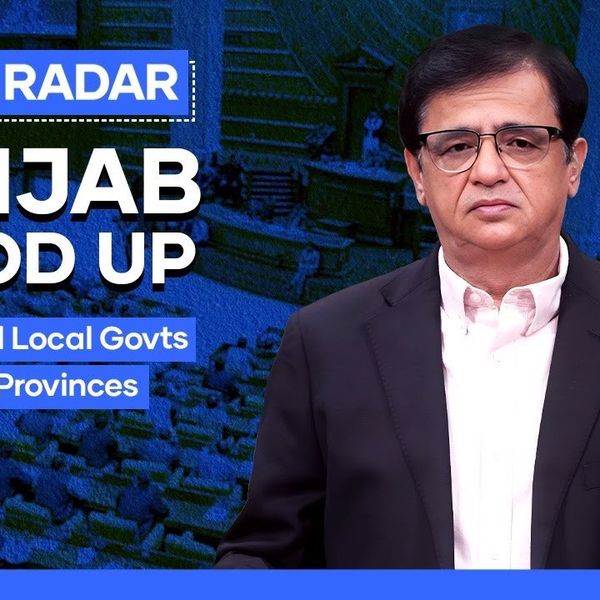Opportunity is knocking in Pakistan— smart investors should not wait to answer
Pakistan’s economy has seen a dramatic turnaround—so much so that investors are taking notice
Business Desk
The Business Desk tracks economic trends, market movements, and business developments, offering analysis of both local and global financial news.

Pakistan’s economy appears to be undergoing a dramatic shift, with economic indicators stabilizing after years of volatility. According to a recent article titled “Pakistan Isn’t That Risky Anymore. Its Economy Is a Mini-Miracle” published in Barron’s, the South Asian country has made significant progress on the macroeconomic front, signaling potential for investors who have long viewed it as high-risk.
With a population of 255 million, Pakistan has slashed annual inflation from nearly 40% to close to zero in just two years. Meanwhile, the value of Pakistan’s Eurobonds maturing in 2031 has doubled—from 40 cents to 80 cents on the dollar—and Pakistan Stock Exchange’s benchmark KSE-100 index has tripled.
Prime Minister Shehbaz Sharif’s administration signed a $7 billion stabilization agreement with the International Monetary Fund (IMF) in September 2024, of which over $2 billion has already been released.
“Pakistan is a good story,” said Genna Lozovsky, Chief Investment Officer at Sandglass Capital Management, which focuses on distressed emerging market debt. “So good it’s not risky enough for us anymore.”
Despite recent tensions with India—at press time in a tenuous truce—analysts believe the conflict is unlikely to derail Pakistan’s economic rebound. Still, structural fragilities remain. The country has received IMF support 24 times since 1950.
Analysts believe that the current stabilization may differ from past cycles. Pakistan teetered on the brink of default in 2022–2023, following catastrophic floods, surging oil prices triggered by Russia’s invasion of Ukraine, and significant political instability. The turmoil culminated in a no-confidence vote that removed then-Prime Minister Imran Khan, who was later imprisoned on corruption charges.
“Everyone thought Pakistan would default along with Sri Lanka in 2023,” said Alison Graham, chief investment officer at Voltan Capital Management.
In response, the State Bank of Pakistan raised interest rates from 10% to 22%, controlling inflation but driving the country into recession. Sharif won a disputed general election in February 2024 and worked to stabilize relations with the powerful military establishment—potentially laying the groundwork for political continuity through 2029.
Major creditors—including China, Saudi Arabia, and the United Arab Emirates—chose to roll over existing loans but did not extend new financing. Nonetheless, the country’s GDP grew by 2.5% last year. According to Barings’ Sellami, Pakistan is running a rare current account surplus and a primary fiscal surplus (excluding interest payments), both uncommon for the country in recent years.
However, the IMF program mandates a difficult reform agenda: raising tax revenue by 50%, reducing electricity subsidies, and addressing systemic inefficiencies. These measures may face strong resistance from domestic political and economic stakeholders.
“Pakistan remains extremely fragile to external shocks,” Graham warned. “When there is a rally, you need to be in early.”
Despite the challenges, Sellami maintains a positive outlook on Pakistani Eurobonds, signaling some investor confidence in the country’s direction.










Comments
See what people are discussing